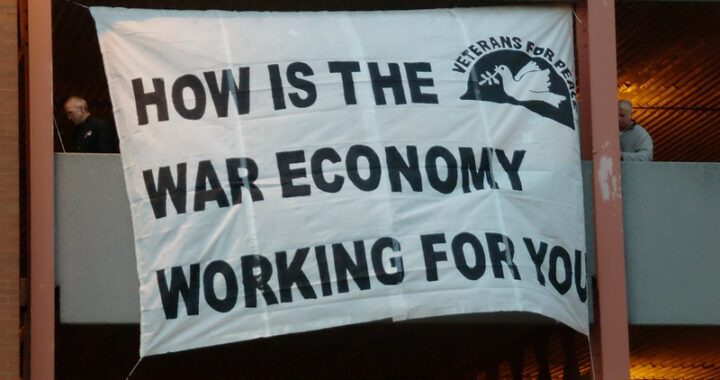The Militarization of the Police: The “Cop City” Project and the Dangers of Police Training Centers
In recent years, there has been a growing trend of police departments investing in new and more sophisticated training facilities. This is in response to the increasing demands placed on law enforcement, as well as the need to improve police training in the wake of high-profile incidents of police brutality.
One of the most controversial examples of this trend is the “Cop City” project in Atlanta, Georgia. This project would involve the construction of an 85-acre training center for the city’s Police and Fire Departments. The center would include a mock city, a firing range, a driving course, and other facilities.
The “Cop City” project has been met with widespread opposition from community activists and civil rights groups. They argue that the project is unnecessary and that it would militarize the police force. They also worry that the project would have a negative impact on the environment.
The cost of the “Cop City” project is estimated to be $90 million. This would be paid for by a combination of public funds and private donations. The Atlanta Police Foundation, a nonprofit organization that supports the Atlanta Police Department, has pledged to raise $30 million for the project. The remaining $60 million would come from the city of Atlanta.
Activists and social justice advocates are concerned about the militarization of the police and the use of public funds to build these large-scale training centers. They argue that these centers are unnecessary and that they will only serve to further militarize the police. They also worry that these centers will have a negative impact on the communities where they are located.
The Dangers of Police Training Centers
Police training centers are often designed to be as realistic as possible. This means that they often include mock cities, firing ranges, and other training areas that are designed to simulate real-world situations. While this may seem like a good idea, it can actually lead to the militarization of the police.
When police officers are trained in a simulated environment, they are more likely to develop a perceptual bias that the world is a dangerous place. This can lead to them being more likely to misperceive ambiguous situations as threatening, and to overestimate the level of force that is necessary to resolve them. This can, in turn, lead to them being more likely to use force, even when it is not necessary.
It can also lead to them being more likely to associate people of color with danger. This is because mock cities and other training areas are often designed to reflect the demographics of the communities that police officers are likely to interact with. This means that police officers who are trained in these environments are more likely to see people of color as threats, even if they are not actually posing any danger.
The Impact on the Environment
The South River Forest is a critical part of Atlanta’s ecosystem. It provides a home for a variety of plants and animals, and it helps to filter pollutants from the air and water. The destruction of the South River Forest would have a devastating impact on the environment.
The clearing of trees would also contribute to climate change. Trees absorb carbon dioxide, which is a greenhouse gas that traps heat in the atmosphere. The destruction of trees would release this carbon dioxide into the atmosphere, which would make climate change worse.
Other Examples of Militarized Police Training Centers
The “Cop City” project is not the only example of a large-scale police training center that is being planned or built in the United States. Other examples include:
- Dallas Police Department Regional Training Academy is currently under construction in Dallas, Texas. The project is estimated to cost \$70 million and will be completed in 2024. The academy will be located on a 100-acre site and will be able to train up to 1,000 officers at a time. It will include a mock city, a firing range, a driving course, and other training areas. The academy will also be equipped with military-grade weapons and vehicles, including armored personnel carriers, assault rifles, and sniper rifles.
- The Phoenix Regional Public Safety Training Center is also currently under construction in Phoenix, Arizona. The project is estimated to cost \$100 million and will be completed in 2026. The academy will be located on a 200-acre site and will be able to train up to 1,500 officers at a time. It will include a mock city, a firing range, a driving course, and other training areas. The academy will also be equipped with military-grade weapons and vehicles, including armored personnel carriers, assault rifles, and sniper rifles.
These projects are part of a larger trend of militarization of the police in the United States. This trend is concerning to many activists and social justice advocates, who argue that it contributes to police brutality and makes communities less safe.
The construction of these training centers is a significant investment in the militarization of the police. It is important to be aware of this trend and to work to prevent it from further harming our communities.
** This piece was created with the help of AI.



 !!
!!